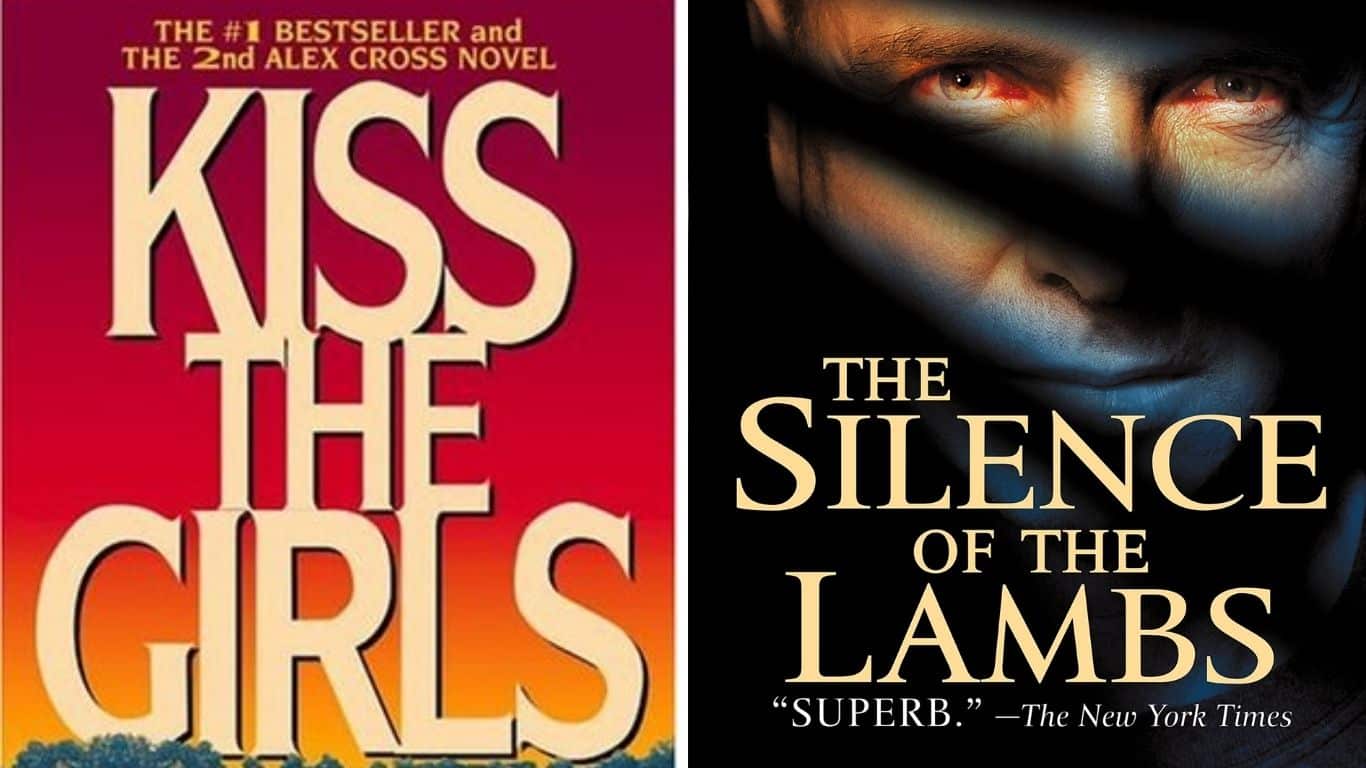Detective novels have captivated readers for centuries with their thrilling plots, mysterious crimes, and clever detectives. From the early works of Edgar Allan Poe and Arthur Conan Doyle to the modern crime fiction of today, the genre has undergone a significant evolution. This article will explore the various phases of the evolution of detective novels, highlighting the key characteristics and conventions of each phase and how they have shaped the genre as we know it today. From the early days of amateur detectives solving crimes through logical deduction, to the incorporation of forensic science and technology in modern crime fiction, we will take a journey through the history of detective novels and how it has evolved. This article is a must-read for fans of detective novels and for those interested in understanding the development of this beloved genre.
The Evolution of Detective Novels
The Golden Age of Detective Fiction (1890s-1920s)

The Golden Age of Detective Fiction was a period in the late 19th and early 20th centuries during which the detective genre was at its peak. This phase is characterized by the publication of classic detective novels such as Arthur Conan Doyle’s “Sherlock Holmes” series and Agatha Christie’s “Hercule Poirot” series. These novels featured amateur detectives solving crimes using logical deduction and observation, and established many of the conventions of the genre.
This Age detective novels were known for their intricate plots and cleverly concealed clues. The detectives were often portrayed as brilliant, eccentric, and solitary figures who used their intellect and powers of observation to solve the crime. They were often aided by a sidekick, which helped to explain the crime to the audience.
The Golden Age detective novels also introduced the concept of the “fair play” mystery, in which all the clues necessary to solve the crime are provided to the reader, allowing them to solve the crime along with the detective. This convention has been used in many detective novels since then.
The popularity of the Golden Age detective novels led to the creation of many imitators and the genre became one of the most popular forms of fiction in the early 20th century. The characters and stories of these novels, such as Sherlock Holmes and Hercule Poirot, have remained popular with readers and have been adapted for various forms of media, such as movies, television shows, and stage productions.
The Hard-Boiled Era (1920s-1940s)

The Hard-Boiled Era, which began in the 1920s and lasted through the 1940s, marked a significant change in the detective genre. This phase saw the emergence of the hard-boiled detective, a gritty, street-smart figure who used more realistic and violent methods to solve crimes. Unlike the amateur detectives of the Golden Age, these detectives were often professional private investigators, and they were typically portrayed as tough, cynical, and morally ambiguous figures.
This phase is characterized by the novels of Dashiell Hammett, such as “The Maltese Falcon” and “The Thin Man”, and Raymond Chandler, such as “The Big Sleep” and “Farewell, My Lovely”, who are considered the pioneers of the hard-boiled genre. These novels were known for their gritty, realistic tone and their focus on the seedy underbelly of society. They often dealt with themes such as corruption, crime, and the darker side of human nature.
The hard-boiled detectives of this era also introduced the idea of the flawed and morally ambiguous detective, who often struggled with personal demons and ethical dilemmas. This added a new level of complexity to the genre, and it has had a lasting impact on the way detectives are portrayed in literature and other forms of media.
The hard-boiled era also introduced the noir style of detective fiction which characterized by a dark and gritty tone, a focus on crime and corruption, and morally ambiguous characters. This style of writing and storytelling has had a lasting impact on the genre and it can still be seen in many modern detective novels, movies, and TV shows.
The Golden Age of Crime Fiction (1940s-1960s)

The Golden Age of Crime Fiction, which lasted from the 1940s to the 1960s, marked a return to the more traditional, puzzle-solving detective of the Golden Age, but with a greater emphasis on character development and social commentary. This phase is characterized by the novels of writers such as Rex Stout, Ellery Queen, and John Dickson Carr, who wrote in the tradition of the Golden Age detective novels but added more depth to the characters and their stories.
The detective novels of this phase were more focused on the intellectual challenge of solving the crime than on the gritty realism of the hard-boiled era. The novels of this period often featured complex puzzles and intricate plots, and the detectives were often amateur sleuths who used their intellect and powers of observation to solve the crime.
One of the most notable elements of this phase was the greater emphasis on character development and social commentary. The detectives and other characters were often portrayed as fully-formed individuals, with their own struggles, motivations, and personal lives. The novels also dealt with social issues such as race, class, and gender, and provided a commentary on the society of the time.
The Golden Age of Crime Fiction was a period of great innovation and creativity in the detective genre and many of the writers from this period are still considered among the best in the field. Their stories and characters are still widely read today and continue to be adapted for movies, television shows and stage productions.
The Modern Era (1970s-Present)

The Modern Era of detective novels, which began in the 1970s and continues to the present day, has seen a significant evolution in the genre. This phase has seen the incorporation of forensic science and technology into the genre, which has added a new level of realism and credibility to the stories. This has led to the emergence of sub-genres such as the police procedural and the legal thriller, which focus on the inner workings of the criminal justice system and the use of forensic evidence to solve crimes.
This genre has been diversifying, featuring detectives and characters from different backgrounds, cultures, and identities. This has allowed for the exploration of different perspectives and social issues, and has helped to bring a new level of depth and complexity to the stories. This is particularly visible in the emergence of noir fiction, which is characterized by a gritty tone, a focus on crime and corruption, and morally ambiguous characters.
The modern era also saw the rise of crime fiction and thriller novels that are not only focused on solving the crime, but also on the psychological aspects of the characters and the social issues that they bring. This led to the emergence of the sub genre of crime fiction which is known as the “psychological thriller” novels.
The Modern Era of detective novels has been marked by a greater emphasis on realism, technology, and diverse perspectives. This has led to the creation of more complex and nuanced stories, with a greater emphasis on character development, social commentary, and psychological elements. The genre continues to evolve as new technologies and societal changes bring new challenges and opportunities for the writers and readers alike.
Conclusion
The evolution of detective novels has been a fascinating journey through the history of the genre. Starting with the Golden Age of Detective Fiction, characterized by the publication of classic detective novels such as Arthur Conan Doyle’s “Sherlock Holmes” series, the genre has evolved to include the hard-boiled era, the Golden Age of Crime fiction and the modern era, each with its own characteristics and conventions. The incorporation of forensic science and technology, emergence of sub-genres and diversification of characters and perspectives have all contributed to the evolution of the genre. Today, detective novels continue to captivate readers with their thrilling plots, mysterious crimes and clever detectives, making it a timeless and beloved genre.
Also Read: 10 Best Mystery and Thriller Novels For a Suspenseful Read



